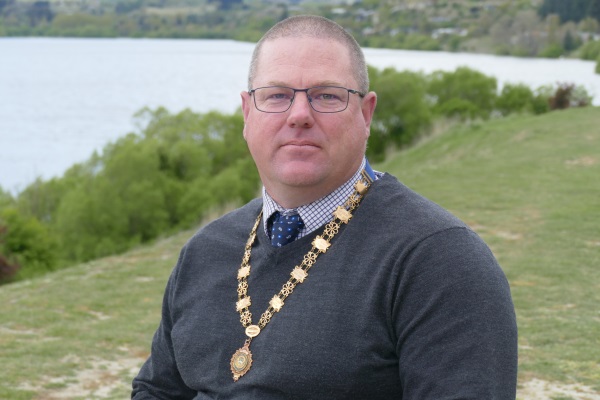Less sticks, more carrots.
That was the general view of Queenstown council’s infrastructure committee chairman Gavin Bartlett around attempting to encourage active travel, particularly in Queenstown.
The committee met last Tuesday to approve the contents of the Queenstown-Lakes ‘travel demand management (TDM) single-stage business case’ and direct officers to implement the ongoing TDM programme.
Fundamentally, it aims to mitigate issues on the roading network caused by rapid population growth, and increasing visitor demand, which is outpacing the ability of the network to cope.
It focuses on creating behaviour change and incentivising travel by alternative modes, such as cycling, walking or public transport — and will help manage network demand by making sure new and existing developments are designed to reduce the need to travel, and adopt sustainable travel modes.
Bartlett, though, says it’s important there’s ‘‘more of the carrot side of things’’ to enable that to become a reality.
‘‘We’re taking away a lot of parking — the theory is people use other means of transport — but it seems like a lot of stick and less carrot.
‘‘We’ve got a growing population anyway, we’ve obviously had a lot of feedback, from local, particularly in Queenstown, retailers and businesses about parking reduction and the difficulty that creates for people [accessing] businesses.
‘‘I guess in my mind we want to do more of the carrot side of things — we’re … providing the infrastructure to make those choices to change themselves.
‘‘Things like cycleways and improved public transport … rather than penalising people for driving, we’re encouraging people not to drive.’’
The business case notes there’s ‘‘minimal evidence of the success of a TDM’’ — that’s because it’s a relatively new idea for New Zealand.

Senior transport planner Adrienne Hooper says that gives the district the opportunity to be ‘‘a real leader in the space, which is quite exciting’’.
‘‘Bigger councils, like Auckland Transport, are doing this kind of thing as well, but obviously [on] a different scale — the more regional ones, not so much.
‘‘A lot of them are doing bitsy bits … this is a nice opportunity to lead by example and set a new standard, nationally.’’
However, councillor Quentin Smith, who’s also deputy mayor, says transport alternatives — including active travel networks and a regular, reliable, affordable and accessible public transport network — must exist for there to be any meaningful change.
‘‘We have countless business cases that tell us what we have to do in order to achieve the … 40% mode shift on Frankton Rd, and we’re a long, long way behind in terms of providing both the public transport and the infrastructure that’s required for those.
‘‘There’s no point in just saying ‘you’re not allowed to park in town’ if you don’t provide viable alternatives.’’




